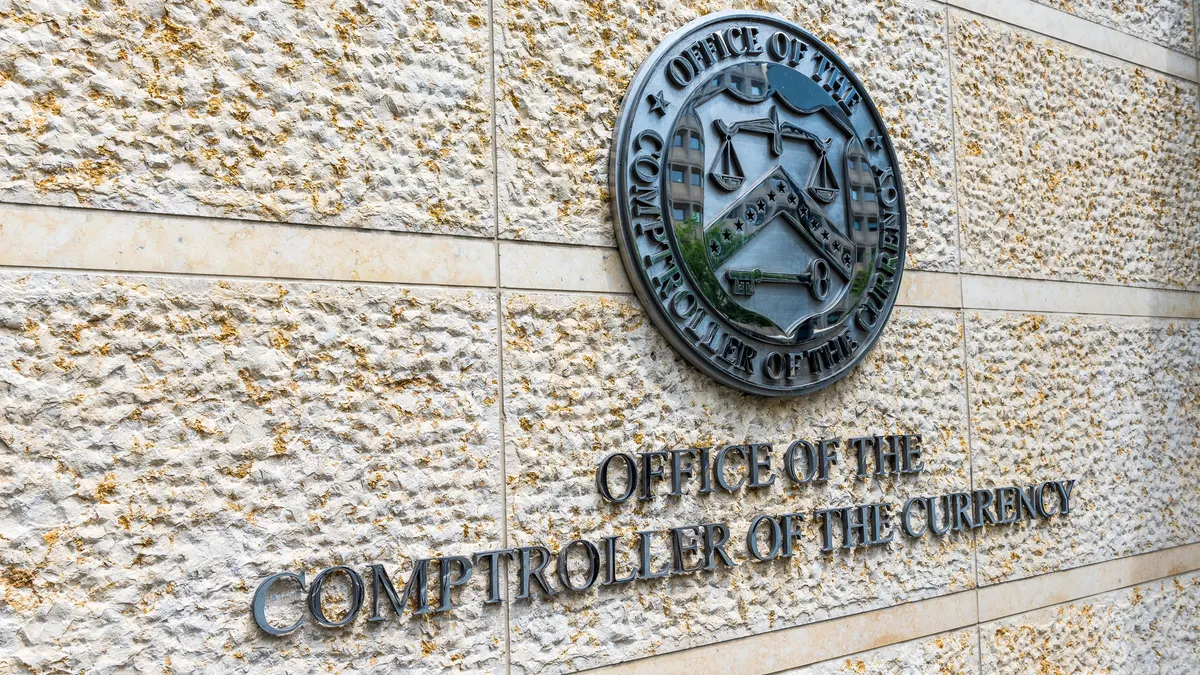Citi is challenging allegations made about its ties to maritime liquefied natural gas projects and companies — particularly its role in securing funding for them — despite its commitment to decarbonize the sector.
Five years ago, the bank helped establish the Poseidon Principles, an initiative whose 35 signatories — which finance 80% of global shipping — have pledged to help decarbonize the shipping industry. Since then, the bank has facilitated almost $741 billion in financing for maritime liquid natural gas companies and projects, according to a new analysis from climate group Stand.earth.
This financing tallies Citi’s work as bond arranger or mandated lead arranger for corporate financing, as well as maritime LNG terminals, infrastructure, projects and vessels, according to the report released Tuesday to coincide with the five-year anniversary of the principles’ founding.
International energy and infrastructure finance research firm IJGlobal compiled the data, which shows “the full scope of Citi’s support for maritime LNG,” according to Kendra Ulrich, Stand.earth’s transportation campaign manager.
IJGlobal examined each of the bank’s liquefied natural gas-related transactions for the past five years to determine whether it was a maritime LNG transaction. The final count includes transactions for maritime LNG companies and projects, as well as corporate financing — which includes funding for oil and gas companies that market LNG as a “bridge fuel” for international shipping, she said.
Of the $740.9 billion IJGlobal calculated, the bank played a role in securing $625.34 billion for corporate financing; $90.79 billion for maritime LNG terminals and infrastructure; $16.12 billion for projects; and $8.65 billion for maritime LNG vessels, the report said.
However, a Citi spokesperson questioned the report’s methodology, noting the reported financing was “wildly out of sync” with the actual money the bank is moving toward the sector. Using such data to represent financed emissions was “misleading,” the spokesperson said, adding that, to get the results, the report would likely have to tally the total multiyear financing for each transaction.
The bank’s spokesperson said it was akin to calculating the maximum credit limit over multiple years without respect to whether the funding was used or used specifically for LNG financing.
Ulrich said the financing was not all Citi’s money, but represents financing the bank had a hand in securing. Ulrich said Stand.earth is planning to release analyses of other major banks, but that the organization dug into Citi first, in part, because of its indirect involvement in many of the transactions.
The Citi spokesperson said the bank is primarily concerned with its trajectory toward net-zero and pointed to its latest climate report as a more accurate account of its commitments to the LNG sector.
Citi released its 2023 ESG report in March, which for the first time included financed and facilitated emissions as part of its disclosures. Citi reported financing just over $4 billion to the oil and gas sector and just below $2 billion to the integrated oil and gas sector, from a total of $10 billion provided to the energy sector in 2022, according to the most recent data the bank had from its clients at the time.
In terms of total exposure — or that credit limit — Citi reported $40 billion in total exposure to the energy industry for 2022, with $15.8 billion in exposure to oil and natural gas production and just under $9.5 billion in exposure from its integrated oil and gas portfolio.
“What we are experiencing today is more of an energy evolution — a shift over time toward a low-emission energy mix,” Citi CEO Jane Fraser said in the March report. “This shift will not be linear and will include a series of cumulative leaps and tipping points over the next few decades.”
Additionally, Citi said that under the International Maritime Organization’s 2018 guidance for aligning vessel funding with the Paris Agreement, the bank’s portfolio reached +2.2% alignment — where 0% is perfectly aligned with 2050 ambitions. However, under IMO’s 2023 revised greenhouse gas strategy, the bank’s shipping portfolio is 33% higher than minimum alignment and 38% higher than a more aspirational decarbonization timeline.
“It is reassuring our results for 2022 are closely aligned to the original IMO ambition, but as we see from measuring our portfolio against the new higher ambition trajectories, we all face the challenge to work with our clients to make the necessary investments in the new vessels and technologies that will make the IMO strategy a reality,” Michael Parker, chair of Citi global shipping, logistics and offshore, said in the 2023 Poseidon Principles report.
Stand.earth, however, presents a contrasting picture in its latest analysis.
“[Citi has] enormous experience in structuring and securing the capital for maritime projects and companies,” Ulrich said. “They could be applying that … to [help] support the build out of zero-emission shipping infrastructure, vessels, etc., and companies that are engaged in that. And instead, what we see is a massive amount of financing for LNG shipping.”
The bank should “immediately end its support for fossil gas shipping” and use its experience in the maritime finance sector to push for a “climate-safe future,” Ulrich said in a release.























